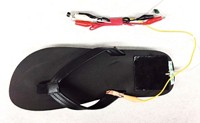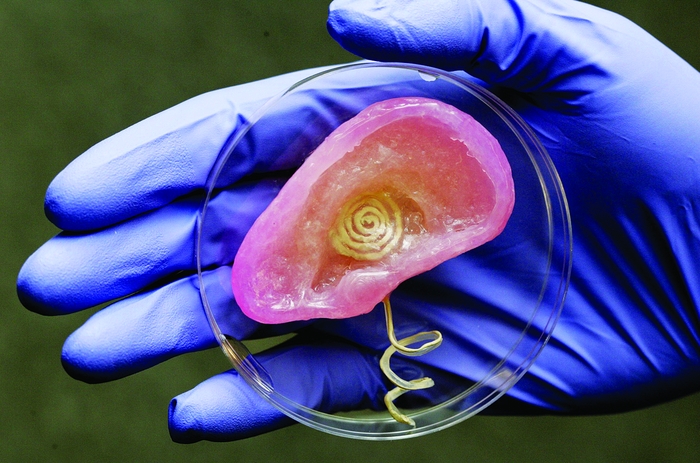Advertisement
Grab your lab coat. Let's get started
Welcome!
Welcome!
Create an account below to get 6 C&EN articles per month, receive newsletters and more - all free.
It seems this is your first time logging in online. Please enter the following information to continue.
As an ACS member you automatically get access to this site. All we need is few more details to create your reading experience.
Not you? Sign in with a different account.
Not you? Sign in with a different account.
ERROR 1
ERROR 1
ERROR 2
ERROR 2
ERROR 2
ERROR 2
ERROR 2
Password and Confirm password must match.
If you have an ACS member number, please enter it here so we can link this account to your membership. (optional)
ERROR 2
ACS values your privacy. By submitting your information, you are gaining access to C&EN and subscribing to our weekly newsletter. We use the information you provide to make your reading experience better, and we will never sell your data to third party members.
Synthesis
Tuning In With A Nanotube
October 29, 2007
| A version of this story appeared in
Volume 85, Issue 44
Launch Video
Radio has gone nano. Electrical engineers at the University of California, Irvine, have built a radio receiver that uses a carbon nanotube as a key component (Nano Lett., DOI: 10.1021/nl0714839). Peter J. Burke and Chris Rutherglen employed the nanotube as a demodulator—the device that translates radio waves into sound. The UC Irvine team grew nanotubes on high-resistivity silicon and then grafted palladium electrodes onto the wafer by optical lithography. For the demodulator, the researchers selected devices in which a lone nanotube bridged the gap between electrodes. They then incorporated the nanotube demodulator into an AM radio receiver. Using an iPod and an AM signal generator as their broadcasting system, Burke and Rutherglen showed they could wirelessly transmit music to the nanotube receiver system while maintaining high audio quality. The demodulator isn't limited to AM radio, Burke tells C&EN; the nanotube device could work with other broadcasting systems, such as FM radio or cellular phone signals.




Join the conversation
Contact the reporter
Submit a Letter to the Editor for publication
Engage with us on Twitter